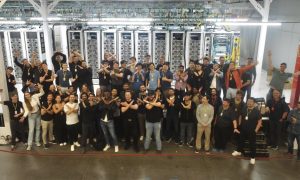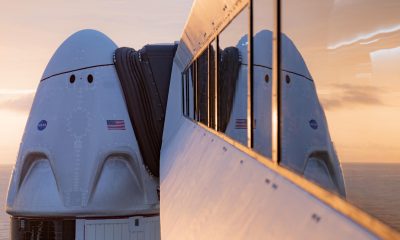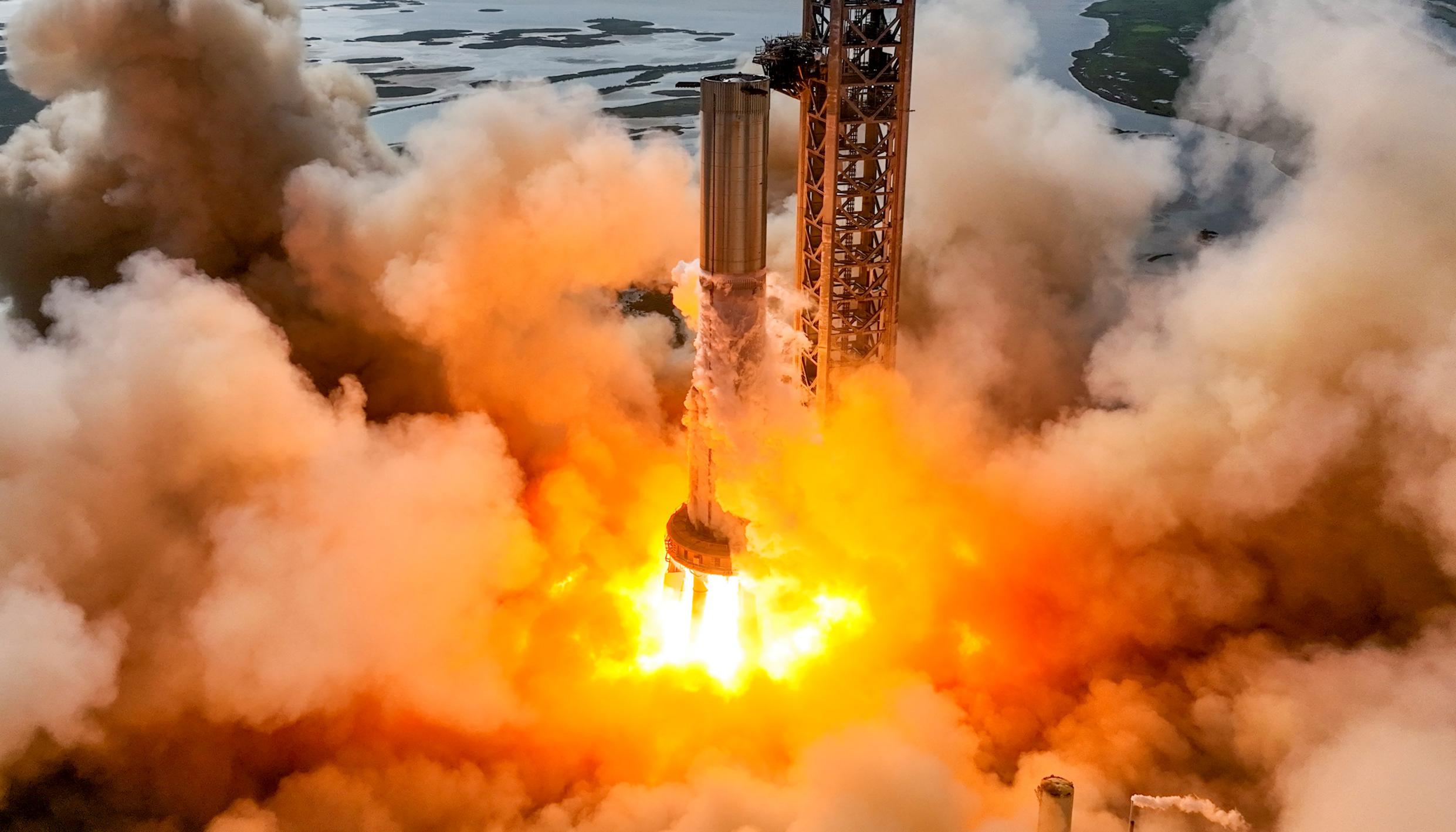

News
SpaceX returns Starship booster to factory after two major Raptor tests
For the sixth time this year, SpaceX has returned the same Super Heavy booster prototype to its South Texas Starship factory after completing several tests.
Why is unclear. Super Heavy Booster 7 left the factory for the first time in March 2022 and has been stuck in a seemingly continuous state of testing, rework, and retesting ever since. While the pace of testing and progress was in many ways more aggressive from 2019 to mid-2021, it still can’t be said that SpaceX has been slacking off in 2022. Booster 7 alone completed more than 24 distinct tests (including six static fires) between early April and late November.
But in a shift from the first three or so years of steel Starship development, SpaceX CEO Elon Musk has ceased to be a consistent source of information on the purpose and results of many of those tests, even as NASA has begun to funnel hundreds of millions of taxpayer dollars into the Starship program. Save for occasional tidbits from SpaceX, Musk, and NASA; or deep unofficial analyses of public information, the day-to-day or week-to-week status of Starship has generally been relegated to speculation. Over the last few months, that information void has only grown larger.
The update that's rolling out to the fleet makes full use of the front and rear steering travel to minimize turning circle. In this case a reduction of 1.6 feet just over the air— Wes (@wmorrill3) April 16, 2024
Perhaps the biggest near-term update this year came from a senior NASA official on October 31st. In an advisory briefing, Mark Kirasich – Deputy Associate Administrator for Artemis Campaign Development – offered a surprising amount of detail about SpaceX’s near-term plans and even reported that Starship’s first orbital test flight was expected as early as December 2022, pending several crucial tests. But more than five weeks later, SpaceX appears to have only made a modest amount of progress towards those milestones and has yet to attempt the two most important tests.
Kirasich: First orbital Starship/Super Heavy expected in December. Still waiting for full 33 engine test, wet dress rehearsel, and FAA licensing. Will land in ocean off Hawaii. pic.twitter.com/FktCggnPEe— Marcia Smith (@SpcPlcyOnline) October 31, 2022
Nonetheless, some progress – however indeterminate without official information – has been made. As of Kirasich’s briefing, SpaceX was in the middle of a relatively minor series of cautious propellant loading tests with Booster 7 and Ship 24, which were stacked on October 20th. After three more partial full-stack tests in the first seven days of November, Ship 24 was removed. Aside from the visible steps SpaceX took after, little is known about the outcome of those propellant loading tests.
Ship 24’s fate is a different story, but Super Heavy B7 appeared to make it through full-stack testing in great shape. On November 14th, Booster 7 completed a record-breaking 14-engine static fire, doubling its previous record of seven engines and likely becoming one of the most powerful rockets in history. Musk simply stated that the “test went well”.
Poor weather undoubtedly contributed, but it would be another 15 days before Booster 7’s next test. On November 29th, after an aborted test on the 28th, SpaceX followed Booster 7’s record-breaking 14-engine static fire with a longer 13-second test of 11 Raptors. Before engine ignition, SpaceX loaded Booster 7 with around 2800 tons (~6.2M lb) of liquid oxygen (LOx) propellant in less than 90 minutes, making it a partial wet dress rehearsal (the methane tank was barely filled) as well. Musk called it “a little more progress towards Mars” and SpaceX shared a photo of the static fire on Twitter, but the results of the test – meant “to test autogenous pressurization” – were kept mostly opaque.
That uncertainty didn’t help when two of Booster 7’s 33 Raptor engines were removed immediately after the long-duration test. Then, Booster 7 was removed from Starbase’s lone ‘orbital launch mount’ on December 2nd and rolled back to the factory’s High Bay assembly facility on December 3rd. Historically, SpaceX has only returned Booster 7 to the factory to repair damage or install missing hardware. Without official information, it’s impossible to say why Booster 7 returned for the sixth time.
The most optimistic explanation is that SpaceX brought the Super Heavy booster back to the factory to fully close out its engine section heat shield, which currently has 20 missing panels for each of its outer Raptor engines. But there’s a good reason that those panels were never reinstalled. Any replacements would need to be modified to ensure that the ad-hoc system installed to prevent the conditions that led to Booster 7’s first explosion from recurring can still be used for future static fire tests. Even then, it’s unclear why SpaceX would need to reinstall those panels now for Booster 7’s upcoming 33-engine static fire(s) and full-stack wet dress rehearsal(s) when they weren’t needed for 11 and 14-engine static fires and a dozen other fire-free tests.
Depending on why Booster 7 is back at the factory, there is a precedent for it returning to the launch site as early as next week. Alternatively, if major work or repairs are required, it could be six weeks before SpaceX returns the rocket to the launch pad. Given that the full wet dress rehearsals and one or several 33-engine static fires standing between Booster 7 and flight readiness will be riskier and more challenging than any other test the prototype has completed to date, there is no real chance that Starship will be ready for its first orbital launch this year.
In fact, without detailed information, especially regarding Ship 24’s mysterious state, it’s difficult to pinpoint a viable target for Starship’s orbital launch debut more specific than the first half of 2023. But with any luck, even if it requires a substantially longer wait, SpaceX’s recent decision to make Starbase move slower and break fewer things will hopefully pay off with a successful debut sometime next year.
News
Tesla launches in India with Model Y, showing pricing will be biggest challenge
Tesla finally got its Model Y launched in India, but it will surely come at a price for consumers.
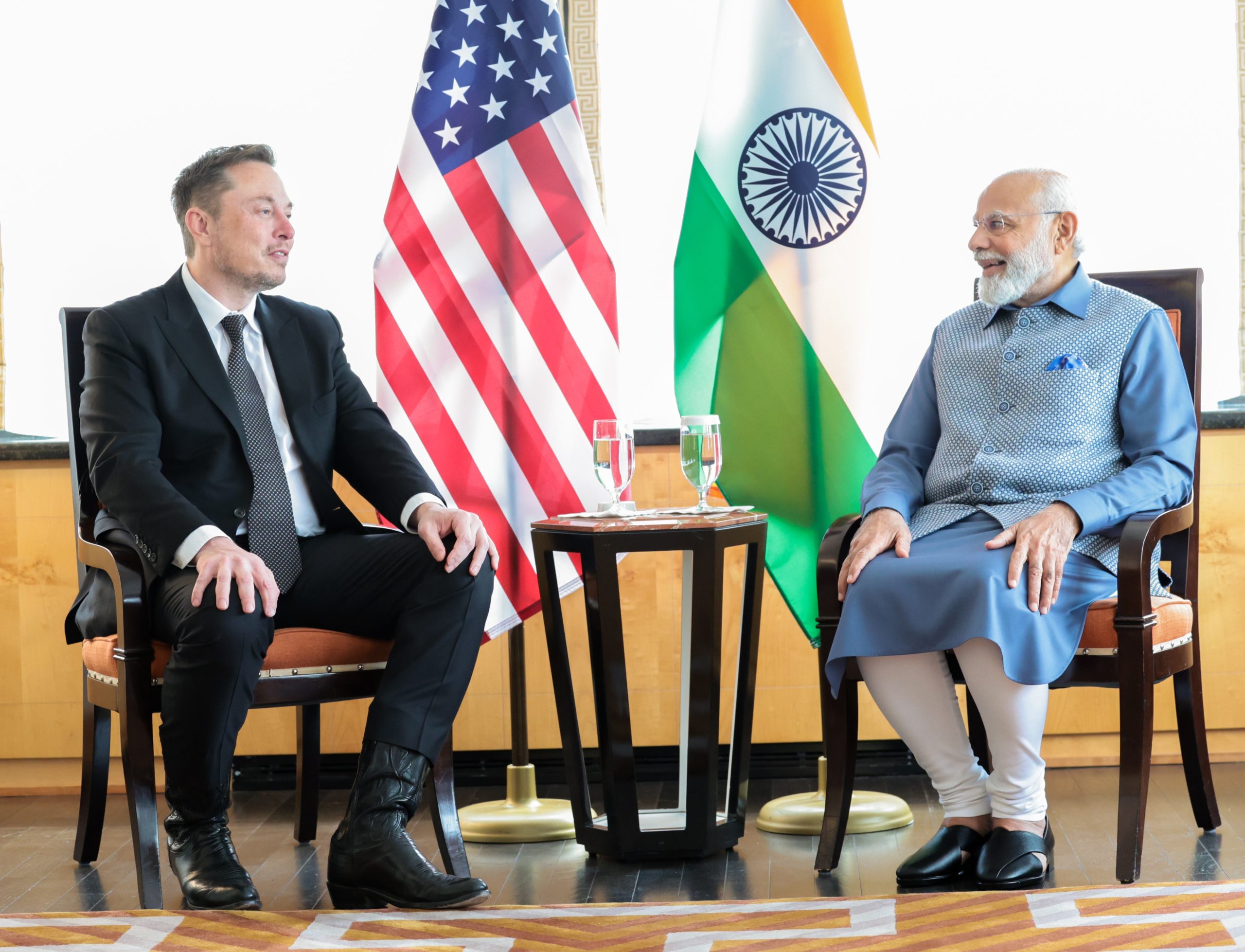
Tesla has officially launched in India following years of delays, as it brought its Model Y to the market for the first time on Tuesday.
However, the launch showed that pricing is going to be its biggest challenge. The all-electric Model Y is priced significantly higher than in other major markets in which Tesla operates.
On Tuesday, Tesla’s Model Y went up for sale for 59,89,000 rupees for the Rear-Wheel Drive configuration, while the Long Range Rear-Wheel Drive was priced at 67,89,000.
This equates to $69,686 for the RWD and $78,994 for the Long Range RWD, a substantial markup compared to what these cars sell for in the United States.
🚨 Here’s the difference in price for the Tesla Model Y in the U.S. compared to India.
🚨 59,89,000 is $69,686
🚨 67,89,000 is $78,994 pic.twitter.com/7EUzyWLcED— TESLARATI (@Teslarati) July 15, 2025
Deliveries are currently scheduled for the third quarter, and it will be interesting to see how many units they can sell in the market at this price point.
The price includes tariffs and additional fees that are applied by the Indian government, which has aimed to work with foreign automakers to come to terms on lower duties that increase vehicle cost.
Tesla Model Y seen testing under wraps in India ahead of launch
There is a chance that these duties will be removed, which would create a more stable and affordable pricing model for Tesla in the future. President Trump and Indian Prime Minister Narendra Modi continue to iron out those details.
Maharashtra Chief Minister Devendra Fadnavis said to reporters outside the company’s new outlet in the region (via Reuters):
“In the future, we wish to see R&D and manufacturing done in India, and I am sure at an appropriate stage, Tesla will think about it.”
It appears to be eerily similar to the same “game of chicken” Tesla played with Indian government officials for the past few years. Tesla has always wanted to enter India, but was unable to do so due to these import duties.
India wanted Tesla to commit to building a Gigafactory in the country, but Tesla wanted to test demand first.
It seems this could be that demand test, and the duties are going to have a significant impact on what demand will actually be.
Elon Musk
Tesla ups Robotaxi fare price to another comical figure with service area expansion
Tesla upped its fare price for a Robotaxi ride from $4.20 to, you guessed it, $6.90.
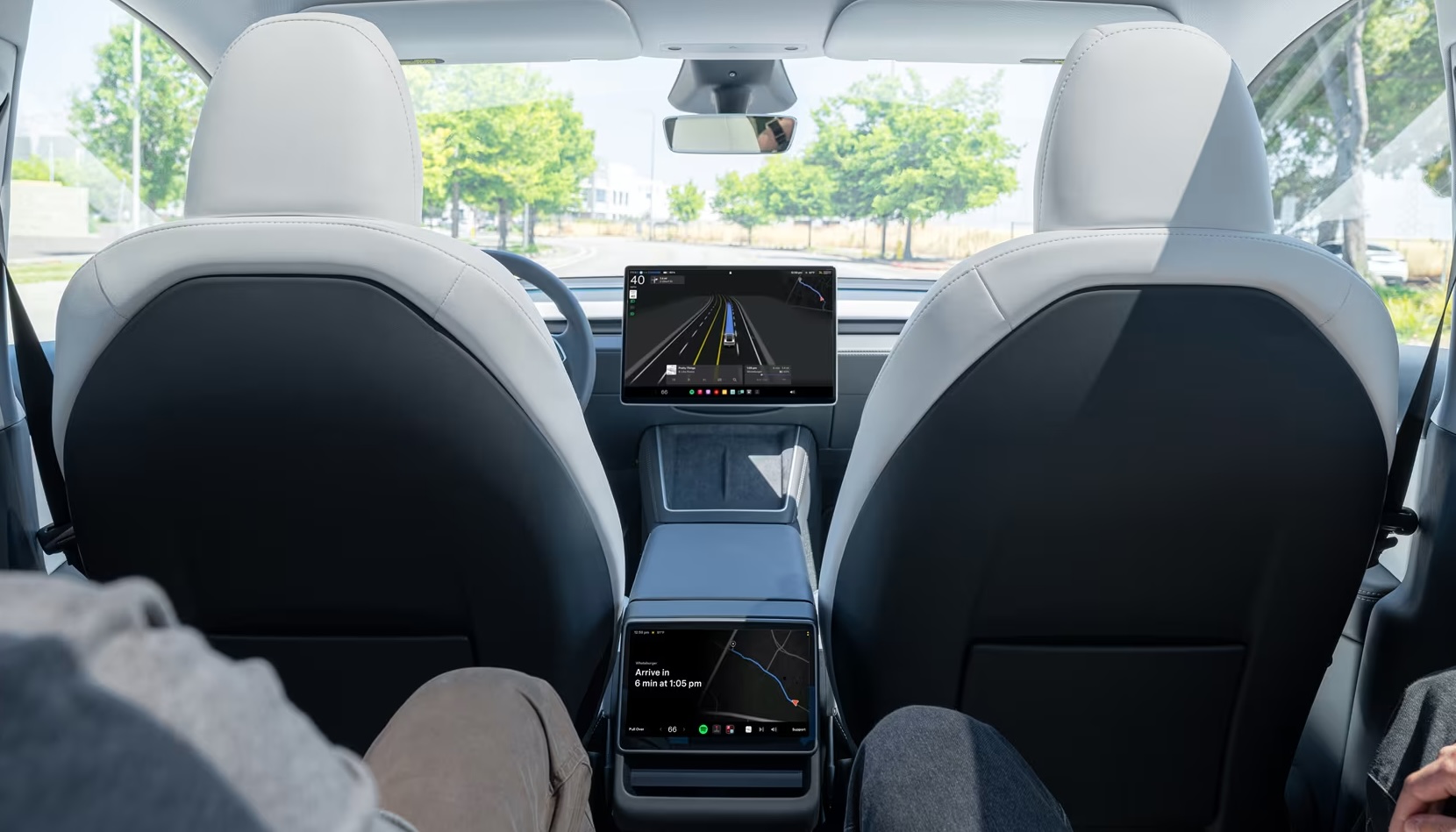
Tesla has upped its fare price for the Robotaxi platform in Austin for the first time since its launch on June 22. The increase came on the same day that Tesla expanded its Service Area for the Robotaxi ride-hailing service, offering rides to a broader portion of the city.
The price is up from $4.20, a figure that many Tesla fans will find amusing, considering CEO Elon Musk has used that number, as well as ’69,’ as a light-hearted attempt at comedy over the past several years.
Musk confirmed yesterday that Tesla would up the price per ride from that $4.20 point to $6.90. Are we really surprised that is what the company decided on, as the expansion of the Service Area also took effect on Monday?
But the price is now a princely $6.90, as foretold in the prophecy 😂
— Elon Musk (@elonmusk) July 14, 2025
The Service Area expansion was also somewhat of a joke too, especially considering the shape of the new region where the driverless service can travel.
I wrote yesterday about how it might be funny, but in reality, it is more of a message to competitors that Tesla can expand in Austin wherever it wants at any time.
Tesla’s Robotaxi expansion wasn’t a joke, it was a warning to competitors
It was only a matter of time before the Robotaxi platform would subject riders to a higher, flat fee for a ride. This is primarily due to two reasons: the size of the access program is increasing, and, more importantly, the service area is expanding in size.
Tesla has already surpassed Waymo in Austin in terms of its service area, which is roughly five square miles larger. Waymo launched driverless rides to the public back in March, while Tesla’s just became available to a small group in June. Tesla has already expanded it, allowing new members to hail a ride from a driverless Model Y nearly every day.
The Robotaxi app is also becoming more robust as Tesla is adding new features with updates. It has already been updated on two occasions, with the most recent improvements being rolled out yesterday.
Tesla updates Robotaxi app with several big changes, including wider service area
News
Tesla Model Y and Model 3 dominate U.S. EV sales despite headwinds
Tesla’s two mainstream vehicles accounted for more than 40% of all EVs sold in the United States in Q2 2025.

Tesla’s Model Y and Model 3 remained the top-selling electric vehicles in the U.S. during Q2 2025, even as the broader EV market dipped 6.3% year-over-year.
The Model Y logged 86,120 units sold, followed by the Model 3 at 48,803. This means that Tesla’s two mainstream vehicles accounted for 43% of all EVs sold in the United States during the second quarter, as per data from Cox Automotive.
Tesla leads amid tax credit uncertainty and a tough first half
Tesla’s performance in Q2 is notable given a series of hurdles earlier in the year. The company temporarily paused Model Y deliveries in Q1 as it transitioned to the production of the new Model Y, and its retail presence was hit by protests and vandalism tied to political backlash against CEO Elon Musk. The fallout carried into Q2, yet Tesla’s two mass-market vehicles still outsold the next eight EVs combined.
Q2 marked just the third-ever YoY decline in quarterly EV sales, totaling 310,839 units. Electric vehicle sales, however, were still up 4.9% from Q1 and reached a record 607,089 units in the first half of 2025. Analysts also expect a surge in Q3 as buyers rush to qualify for federal EV tax credits before they expire on October 1, Cox Automotive noted in a post.
Legacy rivals gain ground, but Tesla holds its commanding lead
General Motors more than doubled its EV volume in the first half of 2025, selling over 78,000 units and boosting its EV market share to 12.9%. Chevrolet became the second-best-selling EV brand, pushing GM past Ford and Hyundai. Tesla, however, still retained a commanding 44.7% electric vehicle market share despite a 12% drop in in Q2 revenue, following a decline of almost 9% in Q1.
Incentives reached record highs in Q2, averaging 14.8% of transaction prices, roughly $8,500 per vehicle. As government support winds down, the used EV market is also gaining momentum, with over 100,000 used EVs sold in Q2.
Q2 2025 Kelley Blue Book EV Sales Report by Simon Alvarez on Scribd
-

 Elon Musk2 weeks ago
Elon Musk2 weeks agoTesla investors will be shocked by Jim Cramer’s latest assessment
-

 News3 days ago
News3 days agoTesla debuts hands-free Grok AI with update 2025.26: What you need to know
-

 Elon Musk1 week ago
Elon Musk1 week agoElon Musk confirms Grok 4 launch on July 9 with livestream event
-

 Elon Musk5 days ago
Elon Musk5 days agoxAI launches Grok 4 with new $300/month SuperGrok Heavy subscription
-

 News2 weeks ago
News2 weeks agoTesla Model 3 ranks as the safest new car in Europe for 2025, per Euro NCAP tests
-

 Elon Musk2 weeks ago
Elon Musk2 weeks agoxAI’s Memphis data center receives air permit despite community criticism
-

 News5 days ago
News5 days agoTesla begins Robotaxi certification push in Arizona: report
-

 Elon Musk2 weeks ago
Elon Musk2 weeks agoTesla scrambles after Musk sidekick exit, CEO takes over sales


